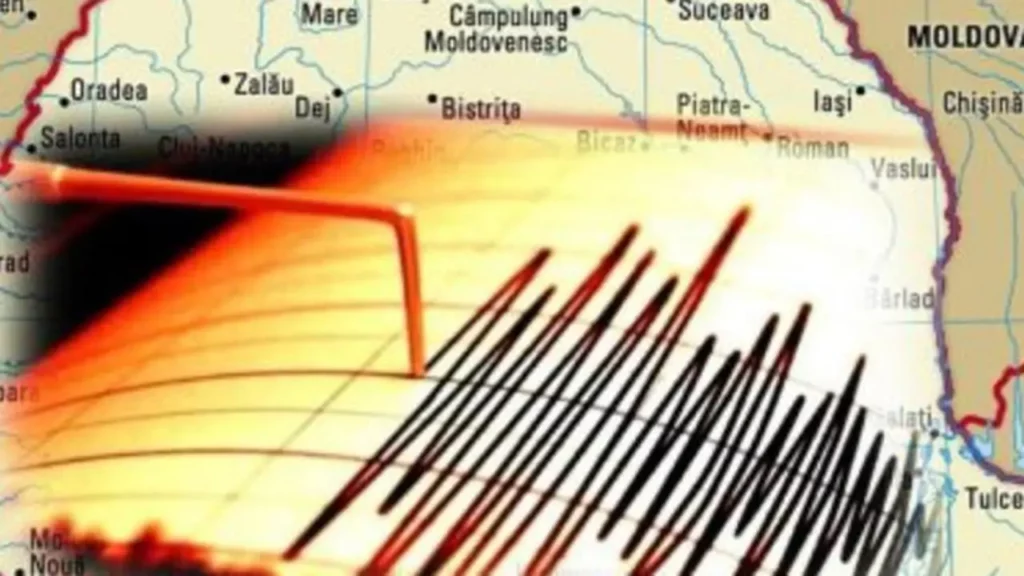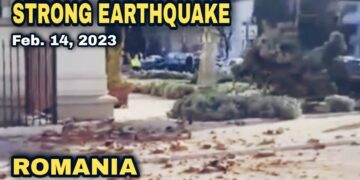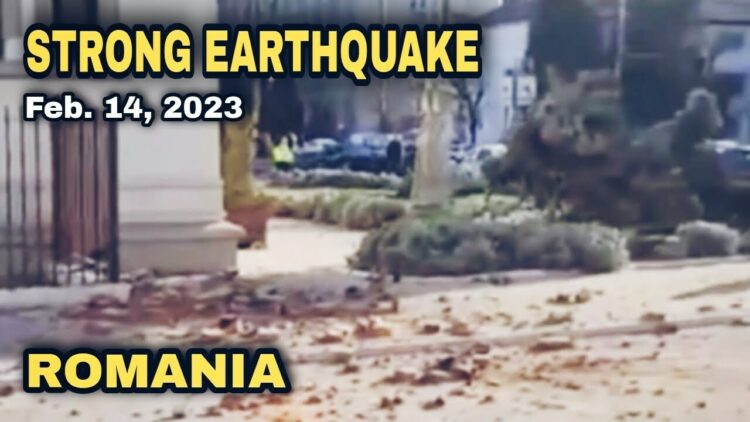On February 14th, 2023, an earthquake in Romania trembled people with a magnitude of 5.7 on the Richter scale. This comes after recent earthquakes inTürkiye and Syria, raising concerns about seismic activity in the region. The earthquake in Romania occurred at 2:15 PM local time and had its epicenter near Ploiești in the country’s southeastern part. The tremors were felt as far away as Bucharest, over 60 kilometers from the epicenter. There have been reports of damages to buildings in Ploiesti and the surrounding areas and some injuries.
The earthquake comes just days after a 7.0 magnitude earthquake hit Syria and a 6.4 magnitude earthquake struck Türkiye. These recent earthquakes have highlighted the seismic activity in the region, which is known for its tectonic instability.
You May Also Like: A Look at the Deadliest Earthquakes Since 2000: Earth’s Fury

Earthquake in Romania
Romania is located on the Balkan Peninsula, part of the Alpine-Himalayan seismic belt. This area is prone to earthquakes due to the collision of the African and Eurasian tectonic plates. The tectonic activity in the region is further complicated by the Carpathian Mountains, which run through Romania and neighboring countries. The Carpathians are a young, active mountain range still growing and changing.
The seismic activity in the region has been a concern for many years. Romania has a history of devastating earthquakes, including the 1977 earthquake in Bucharest that killed over 1,500 people and left hundreds of thousands homeless. The earthquake was a wake-up call for Romania, and since then, the country has invested in seismic monitoring and building codes to ensure that buildings are constructed to withstand earthquakes.
Despite these measures, the recent earthquake in Romania has once again highlighted the need for ongoing vigilance and preparedness. While the damage from this earthquake appears to be relatively minor, it is a reminder that earthquakes can strike any time, and we must be ready to respond.
The Romanian government has issued a statement encouraging residents to remain calm and to follow safety protocols. These include staying away from damaged buildings, checking for gas leaks, and avoiding electrical wires that may have been affected by the earthquake. The local government is taking all the measures to help people in need. Some people also say that the quake came because Romania is near Türkiye
Affected Areas
The earthquake has also raised concerns about the safety of nuclear facilities in the region. Romania has two nuclear power plants, Cernavoda and Pitesti, in the country’s southeastern part. The Romanian government has reassured residents that the nuclear plants were designed to withstand earthquakes and that there is no danger to the public.
In addition to the earthquake’s immediate impact, there are concerns about the long-term effects on the region. The earthquake may have caused changes in the underground water system, which could lead to landslides and other geological hazards. The quake comes when Romania faces challenges, including the COVID-19 pandemic and political turmoil. The country has recently seen large-scale protests over allegations of government corruption and an erosion of democratic values. The earthquake will likely add to the already high anxiety and uncertainty among the population.
In conclusion, the recent earthquake in Romania reminds us of the region’s ongoing seismic activity and the need for preparedness and vigilance. While the damage from the quake appears to be relatively minor, the long-term effects on the region are still unclear. The Romanian government and its citizens must remain vigilant and take precautions to ensure their safety and well-being. The earthquake also highlights the importance of international cooperation in responding to natural disasters and other crises.















